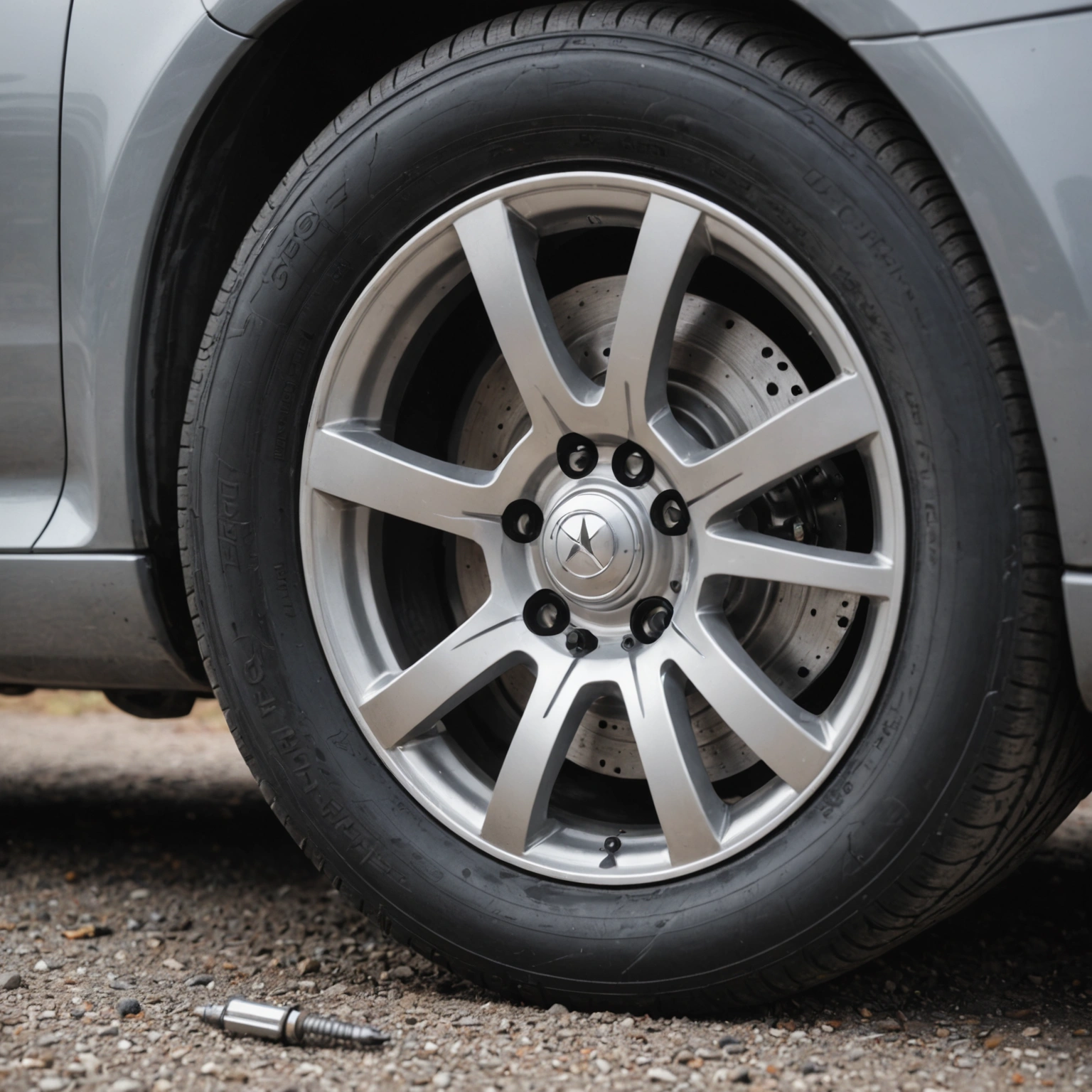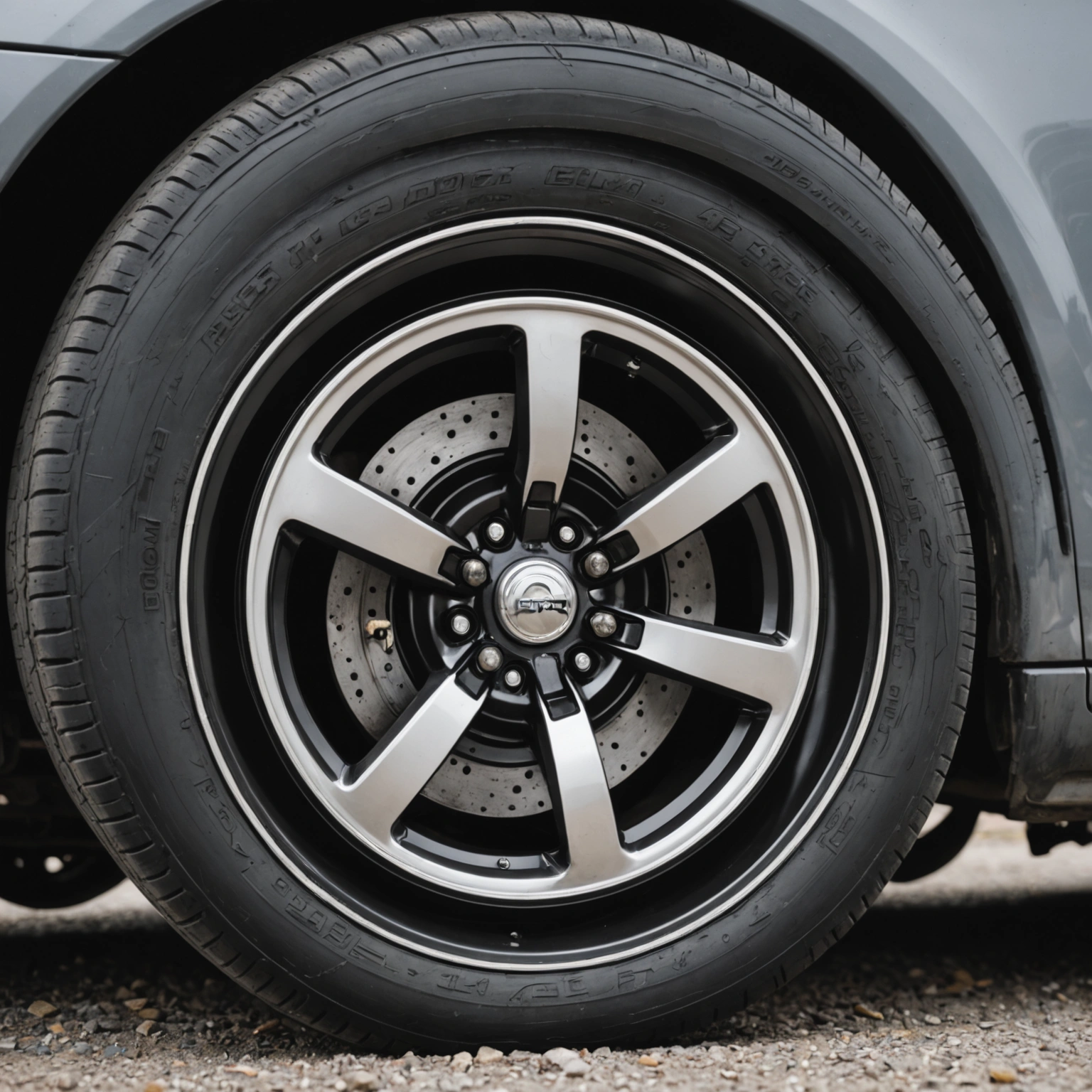**Can You Drive with a Screw in Your Tire? What You Need to Know**
Finding a screw lodged in your tire can be a nerve-wracking experience. It’s a common issue for many drivers, especially those who frequently drive on construction sites, gravel roads, or areas with debris. But the big question is: *Can you keep driving with a screw in your tire?* The short answer is: it depends, but generally, it’s not advisable to ignore it.

### Why a Screw in Your Tire Is a Concern
When a screw punctures your tire, it creates a potential pathway for air to escape. Depending on the size and location of the puncture, your tire may lose air slowly or rapidly. If driven over long distances or at high speeds, a compromised tire can become dangerous, increasing the risk of a blowout or loss of vehicle control.

### When Is It Safe to Drive?
In some cases, if the screw has only just punctured the tire and hasn’t caused a significant leak, you might be able to drive a short distance—say, to your mechanic or a local tire shop. Here are some indicators:

– **Minimal air loss:** The tire pressure gauge shows only a slight decrease over time.
– **No noticeable vibration or noise:** Your vehicle feels normal, and you don’t hear unusual sounds.
– **The screw is embedded, not fully through:** If it’s just lodged in the tread and not puncturing the sidewall or bead area.
**However, even in these cases, it’s best to get your tire inspected and repaired promptly.**
### Why You Should Avoid Driving on a Flat or Severely Damaged Tire
If the screw has caused a rapid loss of air, or if you notice a flat tire, do **not** attempt to drive further. Driving on a flat or underinflated tire can cause irreversible damage to the wheel, compromise safety, and lead to more costly repairs.
### What Are Your Options?
1. **Temporary Fixes (Sealants):** There are tire sealants available that can temporarily seal small punctures, allowing you to get to a repair shop safely. But these are not permanent solutions.
2. **Professional Repair or Replacement:** The most reliable fix is to have your tire inspected by a professional. Many punctures in the tread area can be repaired if they meet certain criteria—such as being located away from the sidewall and not too large.
3. **Replacing the Tire:** If the damage is severe or located in the sidewall, replacement is often the only safe option.
### Preventive Tips
– **Regularly inspect your tires:** Look for embedded debris like screws or nails.
– **Maintain proper tire pressure:** This reduces the risk of damage and prolongs tire life.
– **Use quality tires and repair kits:** Consider carrying a tire repair kit for emergencies.
### Final Word
Driving with a screw in your tire isn’t always safe or advisable. If you notice a screw lodged in your tire, assess the situation carefully. If the tire appears to be holding air and you feel comfortable, you might drive a short distance to a repair shop. But if the tire is losing pressure, or you’re unsure, it’s best to have a professional evaluate and repair or replace your tire promptly.
**Remember:** Your safety is paramount. Don’t take unnecessary risks with damaged tires. For quick and reliable repairs, check out our [comprehensive tire repair kits](#) — a handy addition to any vehicle’s emergency kit.
Stay safe on the road!

